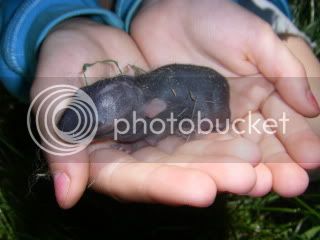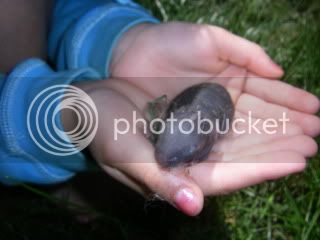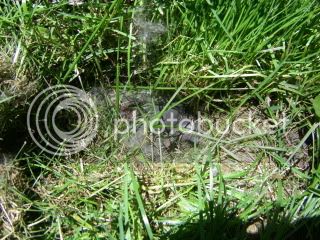Expanding on things Randy posted:
* Kits are born with a sterile gut. Their mother's milk provides the enzymes and bacteria (flora) that produce a "curd" in the gut. That curd is congealed milk and is like the starter for yogurt. From that curd the gastrointestinal tract is then fluorinated with the proper essential elements for the kit to have a healthy system. This process is complete by the time their eyes begin to open and the weaning process _starts_ to take place.
^ from Wildlife Rehabilitation Journals
Suckling rabbits are unique among the mammals: they have a stomach and intestine devoid of living mircoorganisms. The stomach is distended with a firm milk curd. This curd has a relatively high pH which doesn't support the growth of microorganisms. A distinct antimicrobial fatty acid is produced from and enzymatic reaction with a substrate in the doe's milk in the infant's stomach. During the next 2-3 weeks the babies lose this fatty acid and gradually develop the mature stomach pH...
^ Bunnies Rehabilitation article
----------------------------------------------------
The first 7+ days with their mother's milk is essential.
-----------------------------------------------------
Anyone who's held a baby cottontail slowly gasping for air and arching his/her back, knows the heartwrenching experience when death will ultimately "release them."
Hope this helps to educate,
 Dont worry about it too much... mamma Doe knows what she's doing.
Dont worry about it too much... mamma Doe knows what she's doing.






